Polymer clay products can be baked in a home oven. Beginners should know how to maintain a stable temperature, what kind of cookware to use, and how to protect their crafts from overheating. It is also important to learn about alternative baking methods and study all the nuances.
What is polymer clay and why does it need to be baked
Polymer clay is a material for modeling. It is flexible and soft. Clay can be used to make jewelry, various figurines and interior decorations.
In order for the products molded from such material to harden and be ready for use, they need to be baked. When exposed to high temperatures, moisture begins to evaporate from the polymer clay and it hardens.
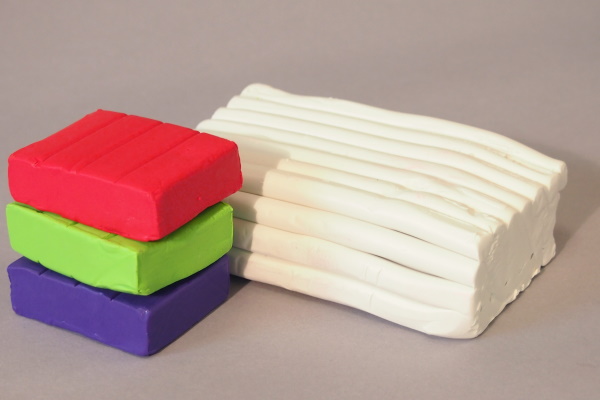
Polymer clay (the material must be baked in the oven at the temperature set according to the instructions, which may differ for clays from different manufacturers); if the temperature regime is not observed, the material may overheat. The product will darken in the oven, its surface will become covered with bubbles and deformed.
Heating time also plays a big role. If you take the clay out of the oven too early, the products will become brittle and crumble. Therefore, it is important to know all the nuances of baking polymer clay.
Containers for baking polymer clay in the oven
The container for baking polymer clay should heat up evenly and not burn the material.
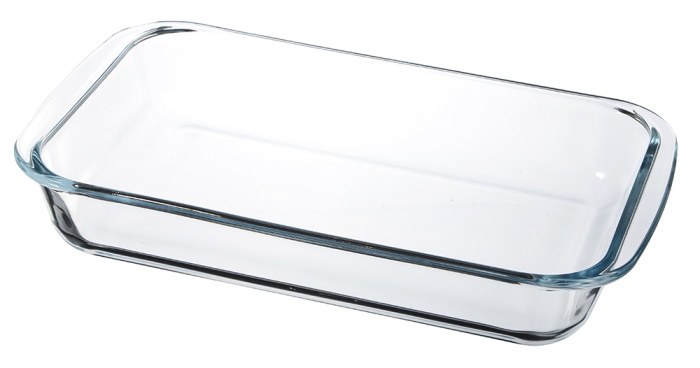
What containers can be used:
- glass (heat-resistant);
- ceramic (it is advisable to use tiles, dishes or plates);
- wooden boards and cardboard backings (at low temperatures).
If the back of the product should be flat, it can simply be placed on the bottom of the container. When a relief texture is required, napkins or thick fabric are placed under the molded figure.
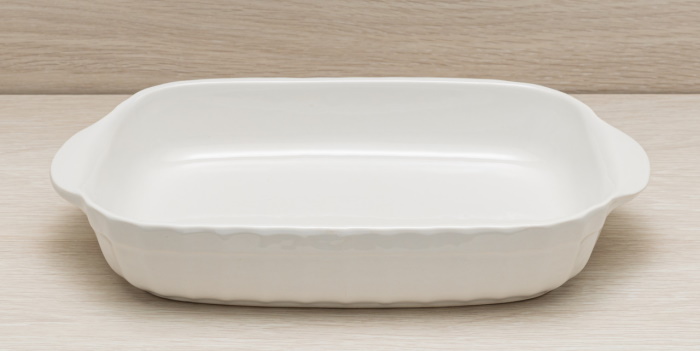
You can bake clay in the oven on lattice or steel baking trays, having previously covered them with baking paper or thick A4 office sheets. They can be used for baking clay several times. Over time, the paper will turn yellow, but will not burn.
It is not recommended to bake polymer clay on aluminum, silicone and plastic surfaces. Silicone and aluminum get very hot, while plastic can melt at low temperatures.
The process of baking in the oven
It is advisable to bake polymer clay using an electric oven. It is more difficult to maintain and regulate the temperature in gas ovens.
The stove should have a low temperature limit, as well as a convection function that ensures uniform heating of the air inside the oven. Thanks to these functions, clay products will be of high quality, without overdrying or underbaking.
In some models of stoves, you will have to manually adjust the temperature during the baking process of the clay, otherwise the product will burn. This happens when the oven heats up to the set temperature, after which the heating element turns off.
It starts heating up again after a few minutes, when the air temperature inside the oven starts to drop. It is during the sharp heating of the electric heating element that the clay starts to burn.
You should use ovens with a built-in timer with caution. A sound signal will notify you when baking is finished, but you should watch the process through the glass, especially if you are baking thin and delicate parts in the oven. It is important to monitor the appearance of the products so that they do not dry out.
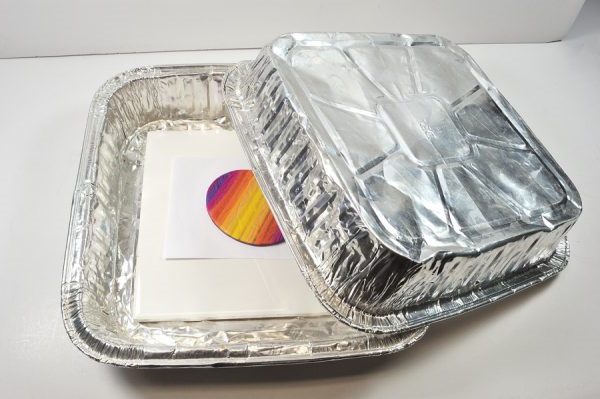
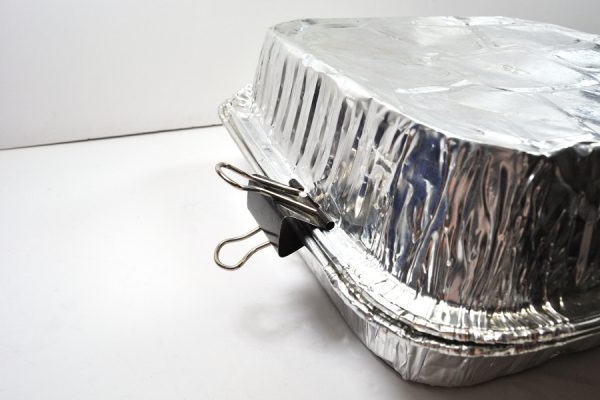
How to bake clay in the oven:
- Preheat the oven to the temperature indicated in the instructions that come with the clay.
- Line a clean baking tray with paper or place a flat container suitable for baking on it.
- Place the finished products on the prepared surface and place the baking tray in the oven.
- Bake the clay according to the time period indicated on the packaging.
Once the items are ready, the oven should be cooled and then washed thoroughly along with the baking tray before using them for cooking.
Temperature
The temperature regime depends on the composition of the clay. Therefore, the temperature control recommendations on the packaging of different manufacturers differ. In general, the baking temperature varies from 110 to 140 degrees Celsius.

To make sure that the oven is able to maintain the temperature at the proper level, you can buy a special thermometer. It is placed next to the baked clay, directly on the baking tray, and the readings are observed through the glass of the door. The values set on the stove regulator and on the thermometer should coincide.
You shouldn't experiment with temperature. To see how the clay will bake, you need to conduct a test run. This will require clay pieces of different shapes and sizes. They need to be placed in the oven and baked according to the instructions. After the specified time, remove the test samples and cool, and then check them for burnt areas, cracks, and breaks.
The fragility of the baked pieces indicates that the temperature was low. It needs to be increased by 2-5 degrees. If the product has changed color, it means that the temperature was high. Accordingly, it needs to be reduced. When the optimal temperature mode is found, you can make a mark on the oven regulator, which will help you quickly set the desired temperature next time.
Duration
The baking time is also indicated on the package. In the table you can see the time intervals for baking polymer clay from popular manufacturers.
| The name of the company that produces polymer clay | Baking time recommended by the manufacturer (min) |
| Fimo | 30 |
| Pardo Art Clay | 35 and more, depending on the thickness of the product |
| Kato Poliklei | 15 |
| Scalpi | 20 |
Polymer clay (thin and thick elements can be baked in the oven at the same time) up to 3 mm thick is baked in 5 minutes. Items thicker than 1 cm are baked for about 30 minutes. Larger items need to be kept in the oven longer. The edges of the items dry faster.
The clay may remain damp in the middle, which will later lead to deformation of the product. In this case, you can cool the figure and bake it again.
Adviсe
Recommendations from experienced craftsmen will help beginners simplify the baking of polymer clay at home, while receiving high-quality products:
- When heated, polymer clay emits an unpleasant smell of burnt plastic. An ordinary baking bag will help prevent the smell from appearing.

The container with the items should be placed inside the bag and its ends tied with threads. The smell will not leak through the bag, and it will be much easier to clean the oven after working with clay.
- The three-dimensional elements, which should not have a flat surface on any side, should be put on a toothpick or a canapé skewer. The other end of the stick should be stuck into a ball made of foil.
Then place these installations on a baking sheet, flattening the foil so that it holds the entire structure. Leave the clay in the oven until it hardens completely.
- To ensure that the products bake quickly and evenly, their thickness should not exceed 1 cm. Large figurines and other figures can be created from polymer clay if they are made hollow from the inside.

To prevent the shape of such products from changing during baking, a frame made of crumpled foil or baking paper is inserted inside. You can bake individual elements of a large product and glue them together after cooling.
- When baking, it is not recommended to open the oven door to avoid creating sudden temperature changes.
When baking clay of different thicknesses in the oven, the oven door will still have to be opened to remove thinner items in time. Large pieces can be protected from temperature changes with ceramic tiles. They will help maintain a stable temperature around the items.
Protecting polymer clay from overheating
Polymer clay (in the oven, you need to bake the items, covering their thin parts) burns when the electric heating element inside the oven heats up. To protect the clay from overheating, you need to use foil.
The edges and tops of the items should be wrapped with pieces of foil. Large items can be covered with an inverted saucepan or frying pan. You can also cover the containers in which the items were placed with foil.
To avoid having to wash a large number of containers after baking, you can use disposable foil baking sheets. Typically, such cookware is purchased for grilling.
These containers can be used to cover the products, turning them upside down, or you can place the baked forms inside the baking tray and cover with a sheet of foil.
How to Prevent Clay Products from Darkening
Polymer clay can darken not only from excessively high temperatures during baking, but also due to mistakes made by the master during sculpting:
- Mistake #1: The surface is not suitable for sculpting. It is not recommended to sculpt from clay on colored oilcloths, as well as on wooden tabletops. It is better to use glass and ceramic boards.
Their coating is not capable of reacting with the clay components, but wood can make the color of the material fade. Oilcloths can color light pieces of clay in the same way that red linen colors white when washed in a washing machine.
- Mistake #2: The technician does not use gloves. Skin sweat, as well as small debris that sticks to your hands, can affect not only the color, but also the texture of the clay. Therefore, for modeling, you need to use latex gloves that will fit your fingers tightly so that you can work comfortably in them.
- Mistake #3. The technician does not clean the tool and work surface in time. Each time you change the color of the material, the surface of the modeling board, tools and gloves should be wiped with wet wipes.
- Mistake #4: The hairdresser has loose hair and is not wearing appropriate clothes for work. A hair may accidentally end up on the modeling board and then in a piece of clay.
Also, lint or colored fluff may fall from the clothes. It is advisable to work in a special apron that will cover the sleeves and upper body.
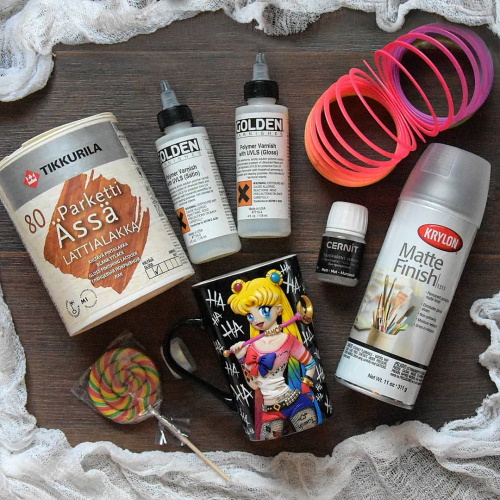
Color change may occur after baking the clay, due to improper treatment of finished products with varnish. Acrylic varnishes and regular nail polishes cannot be used for coating. They contain substances that literally dissolve plastic.
The surface of such products becomes sticky. Dust particles begin to stick to them. Over time, the craft will look faded and dirty.
To coat polymer clay crafts, you need to use special varnishes, preferably from the same company as the clay itself. However, if there is no suitable coating at hand, it can be replaced with a water-based construction varnish.
Can polymer clay be baked more than once
Yes, polymer clay can be re-baked. This may be necessary in the case when a large part is not completely baked, or when it is necessary to connect already baked and still raw elements together.
Alternative methods for baking polymer clay
You can bake clay using not only an oven, but also other kitchen appliances. In order for the polymerization of the material to be successful, you need to know how to properly dry it.
In a multicooker
Step by step instructions:
- Place the molded elements in a clay container (it is not recommended to cook food in this container).
- Pour 1 liter of water into the multicooker bowl.
- Place the products in a container above the water.
- Close the lid of the multicooker and set the baking mode for 12 minutes.
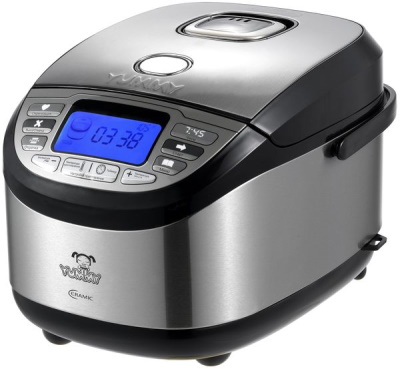
After baking in this way, a whitish coating may form on the polymer clay. It can be removed during polishing. Products dried in a multicooker will be inferior in quality to those baked in the oven.
In the microwave
Only those microwave oven models that have grill and oven functions, as well as temperature control, are suitable for baking clay. You can cook clay in the microwave to make it harder.
Professionals still do not recommend using microwave ovens to dry polymer clay crafts. The slightest mistake in the oven settings will ruin the product irreparably.
In an air fryer
Only large items can be dried in such a device. The clay should be placed on the grate, as it can melt and deform strongly at the bottom of the air grill.

To avoid dents from the grill on the material, wrap all the elements in foil. During the baking process, constantly monitor the appearance of the product.
How to cook
It is impossible to bake polymer clay completely using the boiling method. The boiling point of water is 100 degrees Celsius. This is not enough for the material to harden. Long boiling is also not considered effective.
Boiling is used for large parts to preserve their shape and make them more rigid, as well as to reduce the baking time. Small and flexible elements that can deform without support can also be boiled. After boiling, they are baked in the oven, setting the temperature according to the manufacturer's instructions.
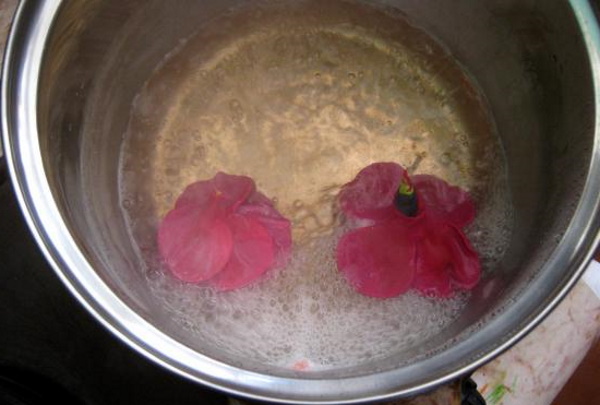
Step-by-step instructions for cooking polymer clay:
- Measure the thickness of the products and record the result in millimeters.
- Pour some cold water into the bottom of a thick-walled saucepan.
- Place the crafts on the bottom of the dish.
- Fill the items with water so that it covers 2/3 of their volume. The more massive the items, the more water will be required.
- Place the pan over medium heat.
The cooking time depends on the thickness of the product. 1 mm should be cooked for 1 min. That is, a piece of clay 12 mm thick should be cooked for 12 min.
Observance of safety precautions
Polymer clay (the material must be baked in the oven, observing safety precautions) in a plastic state is not a toxic material. Harmful substances are released only when heated.

How to protect your health while baking polymer clay:
- Open the windows in all rooms. The room should be well ventilated.
- Before opening the oven door, the respiratory system must be protected. You can put on a respirator or a gauze bandage. Protection is needed even when the clay is baked under a lid or in a baking bag!
- When baking clay in your home kitchen, you need to remove all food products. Bread and pastries should be put in bags and locked in cupboards. Vegetables and fruits should be put in the refrigerator for a while. Close all jars with spices.
- Never bake clay and any food at the same time! The food will absorb all the toxins and become dangerous to eat.
- After use, the oven must be thoroughly washed, dried, and then fired at maximum power for 10 minutes.
By following all the recommendations and observing the instructions drawn up by the polymer clay manufacturer, you can create beautiful crafts in your home oven. In order for the baking process to be successful, it is necessary to control it, constantly monitoring the appearance of the clay and the temperature.
Video about the material
Polymer clay in the oven:
